In July 2017, in the midst of a trench warfare between Washington and Berlin on Defense issues as well as trade balance, Emmanuel Macron and Angela Merkel announced the launch of a vast Franco-German industrial cooperation in defense, with no less than 4 major programs, the Future Air Combat System or FCAS intended to replace the Rafale French and Typhoon Germans, the Main Ground Combat System or MGCS intended to replace the heavy Leclerc tanks and Leopard 2, the Maritime Airborne Warfare System or MAWS to replace the Atlantic 2 and P3C Orion maritime patrol aircraft, and the Common Indirect Fire System to replace the Caesar, Pzh2000 and LRU artillery systems. At the same time, 4 European countries, France, Germany, Italy and Spain were involved in the EUROMALE program intended to design a European Medium Altitude Long Endurance drone. Two years later, in June 2019, Paris and Rome announced the emergence of naval industrial cooperation, particularly in the area of Defense, with the ambition to eventually become Airbus Naval as was then titled many articles.
It is clear, a few years later, that these ambitions have, for the most part, largely lost their luster, and are for many intended to join the long list of European programs which have failed on the altar of industrial competition between the various actors of the old continent. Thus, if the FCAS program, after major events that brought him to the verge of implosion, was finally approved by the Bundestag a few days ago for the financing of part 1B of the design of the demonstrator and 2 of the preparation of the prototype, the German parliament has also added, beyond the German participation in the program, a line of credits of over € 1,1 billion, intended to finance "the transformation of the German aeronautics industry, and capacities insufficiently taken into account by the FCAS program". In other words, Berlin participates in the co-financing of the demonstrator, but also finances, for its part, its own capacities which could well allow it to split up when it sees fit, while preserving and developing its own industrial capacities.

During the same parliamentary session, the Bundestag also approved the financing for the acquisition of 5 P8A Poseidon maritime patrol aircraft from the American Boeing in order to "replace its oldest P3Cs", with the very real risk that '' such an acquisition does not definitively condemn the MAWS program, since it creates a strong divergence in capacities and needs between France and Germany, and the latter will naturally have every interest, in budgetary terms, in favoring the expansion of its P8A fleet rather than developing another aircraft, even in European cooperation. The MGCS program, however at the heart of the priorities of the German defense industry, seems for its part to evolve slowly, against a background of disagreements over industrial sharing between France and Germanyas the latter has already opened the door to Great Britain and other countries for the future. As for the CIFS program, it joins the stopped programs, such as the modernization of the tiger helicopter 3, on the basis of strong operational and industrial differences between Paris and Berlin.
Franco-Italian cooperation in the naval field hardly offers better prospects, after the takeover of the Atlantic shipyards by the Italian Fincantieri was canceled by the French government. The merger between Naval Group and Fincantieri, praised so much by Naval Group public relations officers as the only solution to guarantee the sustainability of the Lorient site (which builds the FREMM and FDI frigates), is also slowing down around the joint venture Naviris, while Fincantieri continues to align commercial successes, in part with French failures, after the sale of 2 FREMM frigates to Egypt, then 6 of these frigates to Indonesia, and becoming the main competitor of the French FDI Belharra in Greece. Not content with not guaranteeing the sustainability of French surface shipbuilding, Fincantieri could well, at this rate, become the gravedigger of the Lorient site.
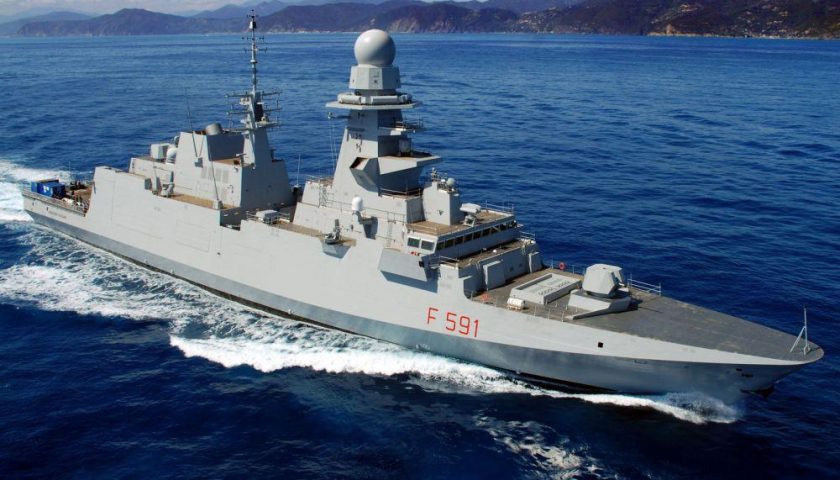
Unfortunately, these two failures or semi-failures in the making are not a first for the French defense industry. Thus, in November 2010, Paris and London jointly signed the very ambitious Lancaster House agreements, which provided, among other things, to design a Franco-British multipurpose combat drone with the objective of entering service in 2030, the program FCAS for Futur Combat Air System (which is no other than the acronym of the British Tempest program now, but also that of the FCAS program for the German or Spanish part which prefers the English acronym). Today, only the Mine Warfare and Development Partnership ANL (Anti-Ship Light) missiles and the FMAN / FMC intended to replace the Exocet / Harpoon and MdCN / Tomahawk remain from these agreements. A few years earlier, it was the historic partnership between the Spanish Navantia and the French DCNS (future Naval Group) that collapsed on itself. France continued to develop the Scorpene submarine alone, while Spain, accused in this case of "industrial plunder" by DCNS, undertook the development of the S80 submarine.
The reasons for these failures are numerous, but certain elements seem to stand out during a global analysis, to characterize a basic problem which seems to condemn certain forms of cooperation in Europe. Thus, for France, European cooperation aims above all to reduce the budgetary weight of the investments necessary for the development of modern equipment. However, at the same time, it represents the only European country whose defense industry is almost global, that is to say capable, on its own, of developing all (or almost) of the components of all major equipment. necessary for its armed forces, whether land, naval or air. However, the pace of replacement of military equipment is now so slow, and the lifespan of equipment so long, that it is essential for French manufacturers to participate in a very important way in all the developments of all. programs to maintain this overall capacity, otherwise it would quickly lose skills that would be difficult and expensive to regain. This is the reason why France tries as much as possible, without however succeeding, to give priority, in the programs in which it participates, to the experience and know-how of industrialists at their national origin, knowing that in this field, it will certainly prevail in many aspects. This is, of course, hardly to the taste of the other participants, seeing it as a means for France to favor its own industry, and therefore the related budgetary returns.
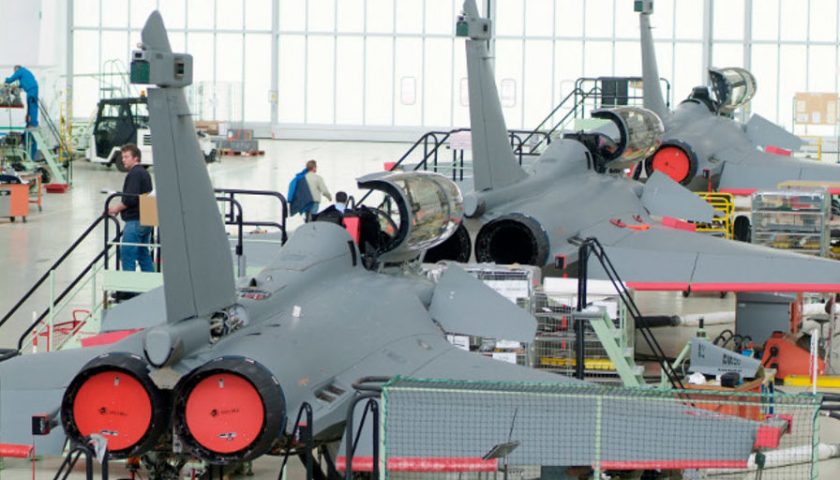
Unfortunately for France, in Berlin, the objectives are quite different, not to say contradictory. From the German point of view, European cooperation serves above all to extend the potential market of its own industrial production or of its market shares, while acquiring competences at a lower cost in the process to achieve, in the long term, to have an industry that is also global in this area. Defense needs, meanwhile, are only observed in the spectrum of NATO and cooperation with the United States., for both political and budgetary reasons. This approach is, for example, particularly sensitive with regard to the FCAS program, where German manufacturers have established themselves in all areas apart from the NGF (Next Generation Fighter) and propellant pillar in which they could hardly prove a competence as accomplished as Dassault Aviation and Safran, while imposing a sharing of tasks with Airbus DS and MTU in these two areas. On the other hand, Berlin is much less inclined to break down the competences concerning the MGCS combat tank program, where precisely its manufacturers KMW, Rheinmetall and MTU have complete know-how. The acquisition of Swedish shipyards Kockums by TKMS, with the clear desire to eliminate a competitor in the field of submarine construction, clearly demonstrated this same strategy.
Rome's point of view and goals in this area differ from both Paris and Berlin. Italy does not in fact seek to develop a global defense industry, and is very satisfied with the various cooperation programs that it is increasing in Europe (Eurofighter, AgustaWestland, Eurosam, Eurotorp) as with the United States ( F35, LCS Independance, FFG / X Constellation ..). The watchword of the two Italian industrial leaders in this field, Leonardo and Fincantieri, remains industrial and commercial opportunism, the country not hesitating to play together violently to win against its European partners, often to the detriment of France (Qatar, Egypt, Indonesia ..). The perfect example of this opportunism lies in the announcement made by Rome of its will to participate in the American Futur Vertical Lift program intended to design the next generation of military helicopters, and simultaneously, the European program of new-generation maneuver helicopters launched within the framework of NATO, while these two programs are in competition.
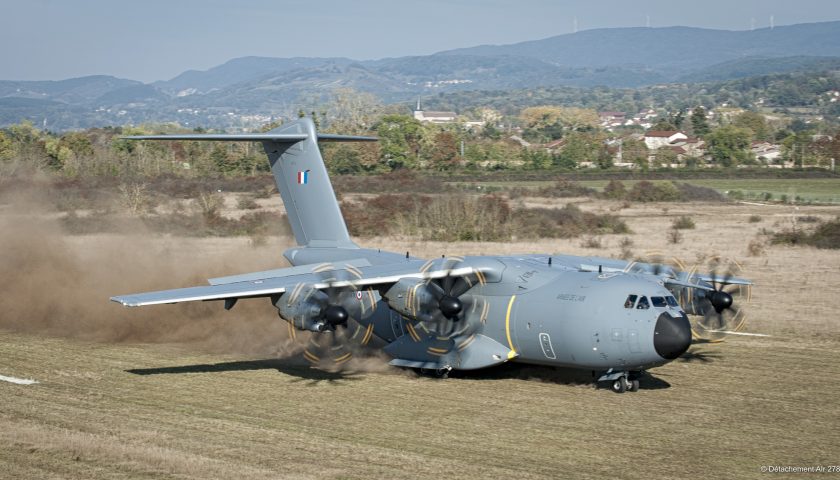
We understand, the 3 European pillars in terms of defense industry, military power but also from an economic point of view, have objectives and a perception of cooperation that it is difficult to harmonize, this explaining, by in large part, the great difficulties which almost inevitably face military industrial cooperation programs in Europe, in particular if two of these countries are involved. While some programs, such as the A400M or the NH90, have succeeded, at the cost of numerous psychodramas and significant additional costs and delays, they should not mask the very numerous failures that have absorbed considerable budgetary resources which today make default, like the famous Franco-British aircraft carrier, or apparently successes, like the FREMM program, which the French Cour des Comptes itself judged would have cost the national public finances the same amount in the assumption of an independent development, and which, in the end, will have allowed to pool only 15% of the components.
This structurally unstable cooperation, if it could still be justified by political ambitions a few years ago, must now be carefully observed in the context of the rapid deterioration of the international security situation, and the capacity deficits of the armies to cope with it. Today, it is no longer a question of being satisfied with new so-called high-intensity capacities that should not come into service until 2035 or 2040 so as to preserve European cooperation, while the risks of commitments of this type are constantly increasing, and the French and European armies do not have the capacity to cope with them. In these circumstances, priority should probably be given to meeting their needs in the short and medium term, in capacity as well as in volume, while preserving and appreciating the overall know-how of the national industrial base, by developing, for example, a family heavy armored vehicles adapted to modern high intensity, coastal defense corvettes properly armed to preserve the national maritime space, or an intermediate generation single-engine fighter (known as 5G-) to increase the volume and power of the air forces.
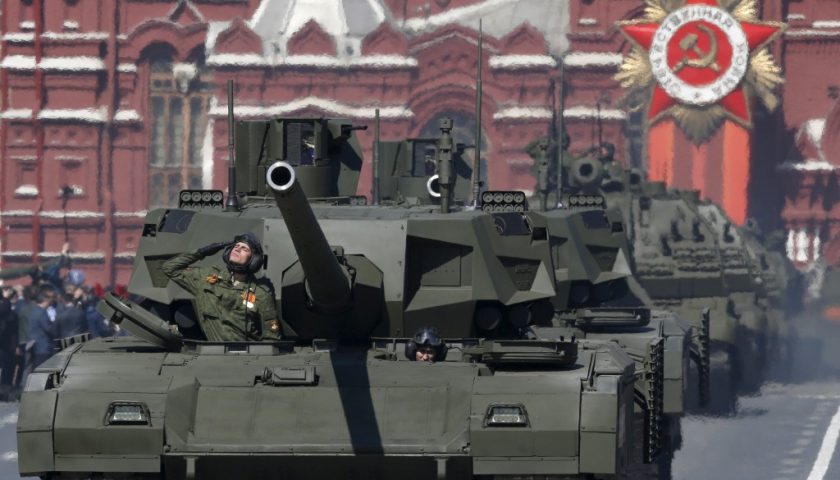
While China has announced that it will further accelerate its defense effort, and that Moscow sees its budgetary resources greatly increased by the rise in hydrocarbon prices, the time is probably no longer for experimentation or ambition. European sometimes tinged with a certain form of naivety, but to a real coherent and structured defense effort, to respond to the reality of the evolution of threats, even if it means, subsequently, to effectively benefit our less far-sighted European neighbors or less fortunate. Isn't that what we expect, in fact, from a country like France?

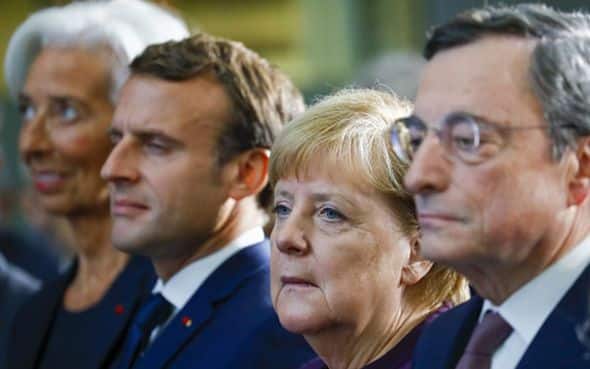
[…] System or MAWS to replace the Atlantic 2 and Orion maritime patrol aircraft. The CIFS program has since been put on hold, as has MAWS after Berlin announced the order for 5 Boeing P-8A Poseidons for […]